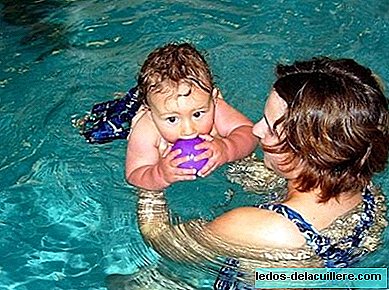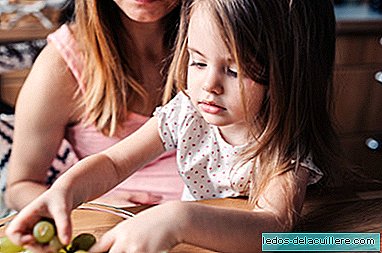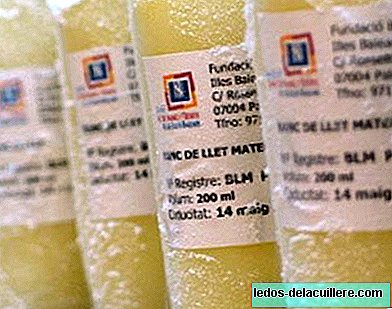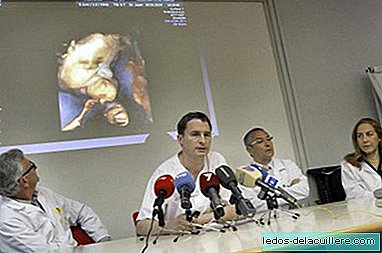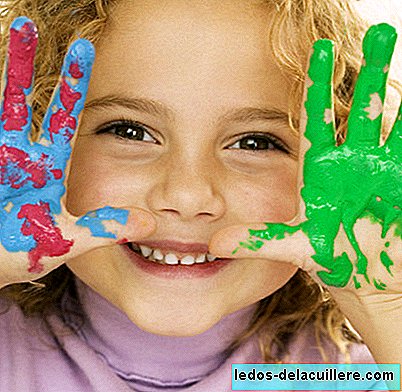
Art is an aspect of culture that we often overlook in the development of children, but it is certainly present since they are very young. We will present a synthesis of stages corresponding to the plastic expression through which the child passes, from scribbles to realism, to better understand what period our children are in.
The more we facilitate contact with art, with plastic, with music, with lyrics ... the closer they will be to appreciate it in the future and enjoy it.
Scribble stage (two to four years)
The expressive gestures of the child, from the moment they can be registered with a pencil or with a chalk, evolve from basic scribbles towards coherent symbols. These basic models, the scribbles, over time become the conscious representation of perceived objects.
Most children often follow the same graphic evolution in their acquisition of symbolization: from the shapeless doodles some basic forms emerge first: the circle, the cross, the rectangle ... Then, two or more of these simple shapes go away combining creating more complex forms.
Pre-schematic stage (four to seven years)
Generally, by the age of four, the child does more or less recognizable ways, although it is somewhat difficult to decide on what they represent. By the age of five, people, houses, trees can almost always be observed. At six years the figures have evolved to be clearly distinguishable and themed drawings.
Schematic stage, obtaining a concept of form (seven to nine years)
The child extracts concepts from real objects or beings and is able to represent them in a recognizable way. The figure of a man, drawn by a child around the age of seven, must be an easily recognizable symbol. The main discovery of this stage is the existence of an order in spatial relationships and the combination of geometric lines to form a different whole.
This first conscious awareness that the child is part of their environment is expressed by a symbol called the baseline.
Stage of the beginning of realism (from nine to twelve years)
At this age there is a growing development of social independence with respect to adults. A child of this age is gradually becoming aware of his real world. In his drawings the geometric lines are no longer enough.
Now the child develops a greater visual awareness and it no longer uses the resource of exaggeration, omissions or other deviations to express itself. Although they do not try naturalism, and generally there are no attempts to represent light and shadow, atmospheric effects, color reflections or folds in clothing ... that will come later.
As we see, our little artists go through different stages in their development of plastic expression. My oldest daughter continues with her scribbles, practicing to evolve to the next period, but I am sure that when we do both we see and imagine much more than scribbles ...


